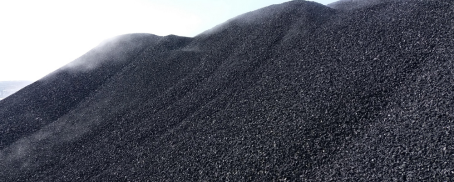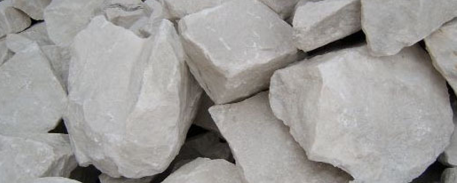Currently, polysilicon solar technology accounts for more than half of the solar energy produced globally, while metalsilicon technology contributes approximately 35 percent. In total, 90 percent of the solar energy used by humans is collected by silicon-based technology.
Monocrystal silicon is also a critical semiconductor material found in modern electronics. As a substrate material used in the production of field-effect transistors (FETs), LEDs and integrated circuits, silicon can be found in virtually all computers, mobile phones, tablets, televisions, radios, and other modern communication devices. It is estimated that more than one-third of all electronic devices contain silicon-based semiconductor technology.
Raw Materials
Silicon metal is made from the reaction of silica (silicon dioxide, SiO2) and carbon materials like coke, coal and wood chips. Silica is typically received in the form of metallurgical grade gravel. This gravel is 99.5% silica, and is 3 x 1 or 6 x 1 in (8 x 3 cm or 15 x 3 cm) in size. The coal is usually of low ash content
(1-3% to minimize calcium, aluminum, and iron impurities), contains around 60% carbon, and is sized to match that of the gravel. Wood chips are usually hardwood of 1/2 x 1/8 inch size (1 x. 3 cm size). All materials are received as specified by the manufacturer.
The Manufacturing Process
The basic process heats silica and coke in a submerged electric arc furnace to high temperatures. High temperatures are required to produce a reaction where the oxygen is removed, leaving behind silicon. This is known as a reduction process. In this process, metal carbides usually form first at the lower temperatures. As silicon is formed, it displaces the carbon. Refining processes are used to improve purity.

